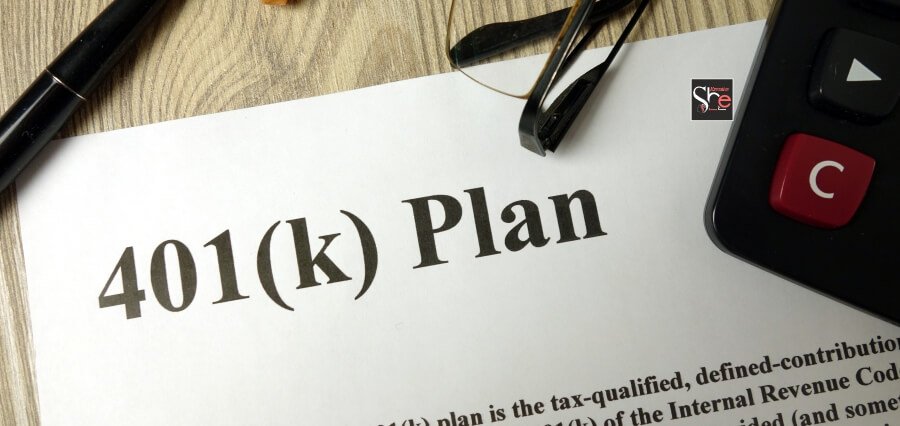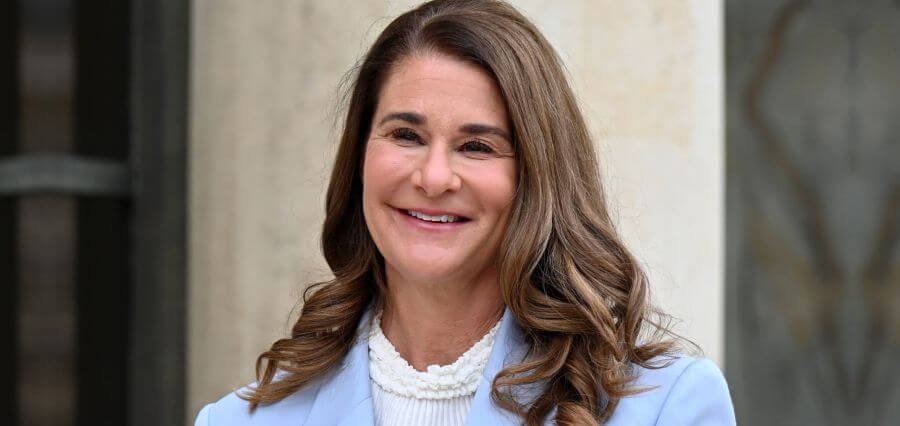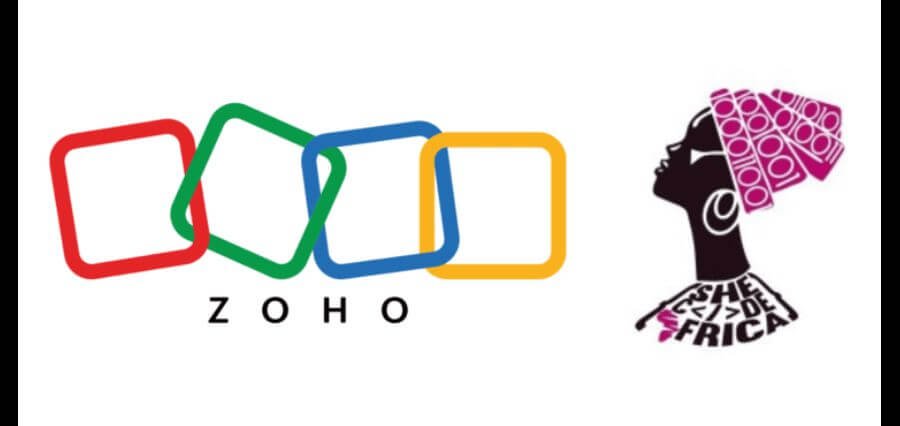Between 2019 and 2022, the median combined balances in 401(k) plans and individual retirement accounts (IRAs) for midcareer workers aged 35 to 44 declined from $63,500 to $50,000, according to research from the Center for Retirement Research at Boston College. The study analyzed triennial data from the Federal Reserve’s Survey of Consumer Finances. However, experts suggest that the decline may not be as negative as it appears at first glance.
One reason for the decline in balances among younger savers is the increased adoption of automatic enrollment by employers. The share of Americans aged 35 to 44 with access to a 401(k) plan at work increased by over two percentage points between 2019 and 2022. With more young savers being automatically enrolled, their relatively small 401(k) balances have contributed to dragging down the median balances for the entire age group.
The study also noted that the share of households in the 35-44 age group holding stocks in nonretirement accounts increased from 14% to 20%. While it’s unclear if this increase affected savings in retirement accounts, researchers point out that nonretirement savings are still a form of savings. However, retirement savings are typically locked up for the long term, and individuals saving in nonretirement accounts may face additional tax implications compared to tax-preferred retirement accounts.
On the positive side, retirement balances for older age groups increased during the same period. Savers aged 45 to 54 saw their balances rise from $105,800 to $119,000, while those aged 55 to 64 experienced an increase from $144,000 to $204,000.
Despite the decline in midcareer worker balances, the study suggests that factors like automatic enrollment and increased access to retirement plans may have broader positive implications for retirement savings in the long term.





